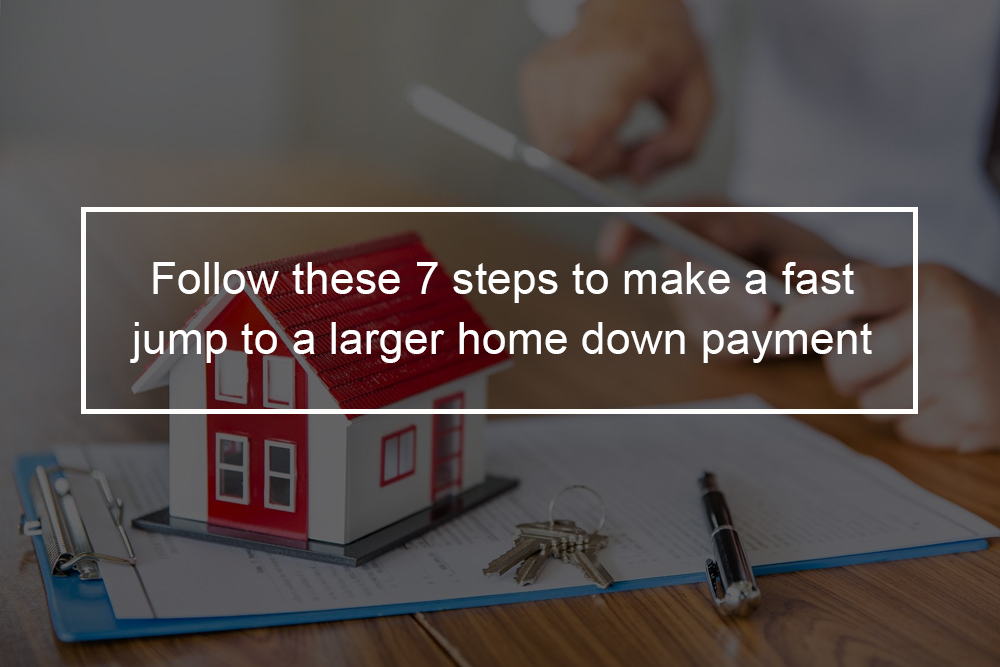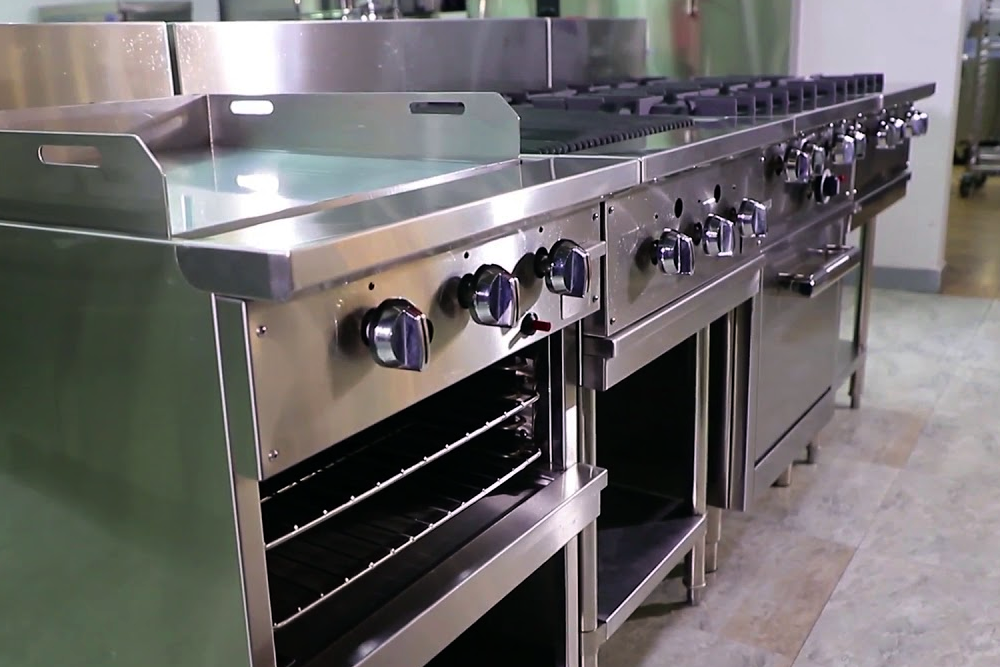When buying a home, offering a big down payment can save you a lot of money in the long run. Here is how to save for a down payment the smart way. Even though you do not plan to buy a home for several years, you may have started thinking about how to save money for a down payment. Contrary to saving for retirement, where the funds you keep away likely will not be accessed for a long period, a down payment is a large sum of money that you will need to access soon. This indicates slowly setting aside small amounts and investing them in the stock market will not work. In this guide, we will cover steps to start saving for the biggest purchase you will ever make, and how to do it in the smartest way possible.
What is a home down payment?
Simply put, a down payment is an amount of money you pay upfront for your home- the money you are putting down. This money goes directly toward you owning your home outright. What is remaining will be covered by a mortgage loan. Similar to other forms of debt, you are responsible for making monthly payments on that loan, which often incorporate interest.
The more you can raise for a down payment on a home, the lower your monthly mortgage rates- and the less you will pay in interest over time. While you are saving for a down payment, work to maintain or improve your credit score. The higher your credit score, the higher chances you have to secure a mortgage with a low-interest rate. Credit Sesame is a free service that enables you to check your credit score, personalized advice, and credit report card if you are uncertain where to start.
How to best save for down payment on a home?
Saving for a house is simpler than you think when you have a plan. Here are easy steps to help you reach your big financial goal.
Step 1: Determine how much money you need to save for a down payment
Before you start saving, you will need to outline out your goal. Below are some numbers to consider:
- What is your budget for a new house? In your anticipated neighborhood and city, take a look at homes you would be interested in and meet your wants and needs. Following personal finance guru Dave Ramsey, you should multiply your monthly take-home pay by twenty-five percent to determine the maximum mortgage payment you can afford monthly.
- How much do you want to put down? Putting down three percent is regarded as low-but doable. However, if you can put down at least twenty percent, you will avoid making monthly payments for private mortgage insurance (PMI), which is typically 0.3 percent to 1.2 percent of your loan amount. If you do not feel like stretching yourself to pay twenty percent down, you can take out a ten percent down payment. After you have made enough mortgage payments to hit twenty percent equity, you can cancel your PMI.
- When do you want to make a big purchase? Set your timeline. Bear in mind that a home does not merely require a down payment, you will also need to consider closing costs, homeowner insurance, property taxes, and real estate agent commission- just to name a few. You will also have to slush some funds to your savings goals for any extra expenses. This can assist you to cover unforeseen maintenance needed when first moving in. Then calculate how much you will require to save a monthly or a smaller scale if that is what you prefer. You can use a mortgage calculator such as Zillow.
Step 2: Open a separate saving account
Open a separate hands-off account. Keeping the money in one account is risky. Try an iOS application known as Varo Money. Then pair your bank account with a Varo Savings Account where you will earn a 1.75 percent annual percentage yield. You will pay no monthly service fees, no cash replacement fees, no foreign transaction fees, and no minimum balance fees.
Note that the goal is to make your money earn some interest, but you do not want to risk like you would with investing). You also want to keep the money in an easily accessible account.
Step 3: Adjust your budget
Now take that monthly savings goal and build it into your budget as an expense. This way, you will make some room, and you will likely have to cut down in other areas.
To grasp the idea of how you can tighten your budget, try using the Empower app. It is free. Link the application to your bank accounts, and it will track your spending. It will also categorize your spending so you can see exactly where you are overdoing it.
Then set a monthly spending limit, and the application will show you a graph that can inform you in one snapshot just how you are doing for the month. Are you under or over the line?
It will take some finagling at first, but be patient- and realistic. Note you are saving for what will likely be the biggest purchase of your life, so it is not going to be totally effortless.
Step 4: Automate your savings
Automating your savings will help you hold you accountable and makes the process easier and more hands-off.
Automated savings is a great way to trick your mind into living off of less. If you are using a savings account, go ahead and set your paycheck to deposit a certain amount into that account automatically.
The easiest way is to adjust your payroll settings or check if your bank will automatically do it for you- most banks do.
Step 5: Pause on retirement savings
If you are already saving for retirement, this may feel really weird. But if you are planning on buying a house soon, you should hold off on your retirement savings and redirect those funds to a down payment. Do not worry; it is just temporary. After you are sipping coffee in your home, you can get right back to that retirement goal.
Envision it like this: If you are presently investing $500 per month into IRAs and 401(k)s, and rather you put that toward your down payment savings, you can save around $12,000 in just two years. That is a big boost to your savings timeline.
However, do not borrow from or cash out your retirement accounts to save up for a down payment.
You will not only get hit with early withdrawal penalties and taxes but also damage your retirement savings. It is a mistake that can cost you most of your retirement savings. That is not worth it at all.
Step 6: Cut your monthly bills
Apart from rent, your largest expenses are probably those monthly bills: student loan payments, car insurance, cable or internet, water, and electricity.
There are various ways you can save on your monthly bills; however, you can download TrueBill, to negotiate your bills, refund your bank fees, and cancel unwanted subscriptions.
After you download the application, create an account, and then link your bank account and credit cards. Turn on outage protection features and bill negotiation features. The app will search for possible refunds- it may get you a refund even when you did not know an outage occurred.
Step 7: Boost your income with side hustles
If you are still struggling to meet your monthly savings goals, you may need to boost your income. Flexible side gigs include listing your space on Airbnb, driving with uber, fur therapy, teaching, just to mention a few.
Remember, the side hustle does not have to be torture either. When you are thinking up ideas, begin with the stuff you love doing. If you have followed these guidelines and are still struggling to save on your down payment, or simply do not have enough time, look into down payment assistance programs in your state or city.














